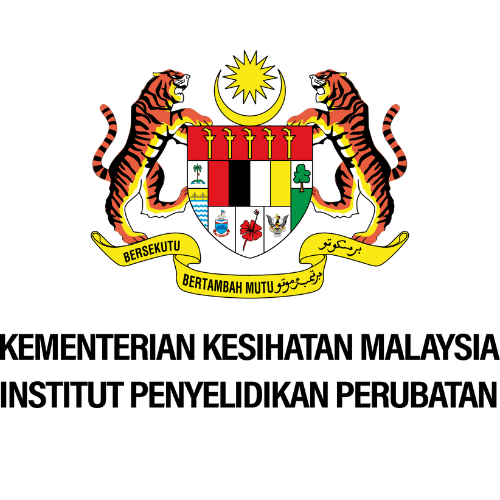Scientific Name
Scorodocarpus borneensis (Baill.) Becc.
Synonyms
Ximenia borneensis Baill. [1]
Vernacular Name
| Malaysia | Bawang hutan (Sabah, Sarawak); sagan berauh, ungsunah (Sarawak) [2], kulim (Trade name); mai kulim [3] |
| English | Bawang hutan [2] |
| Indonesia | Kayu bawang (Sumatra, Kalimantan); kayu bawang utan (Kalimantan); selaru (Kalimantan) [2] |
| Brunei | Bawang hutan [2] |
| Thailand | krathiam ton, kuleng, kulim (peninsular) [2]. |
Geographical Distributions
Scorodocarpus is a monotypic genus occurring in peninsular Thailand, Peninsular Malaysia, Sumatra and Borneo. The only species is Scorodocarpus borneensis (Baillon) Becc. [2] S. borneensis occurs scattered but may be locally common or even gregarious in primary rain forest, up to 600(-900) m altitude. [2]
Botanical Description
S. borneensis is a member of the family Olacaceae. It is an evergreen, medium-sized to large tree that can reach up to measure 40(-60) m tall. All parts of this tree smell of garlic. [2]
The bole is columnar, branchless for up to measure 25 m, as well as up to measure about 80(-150) cm in diametre, often piped and occasionally with small buttresses. The bark surface is shallowly fissured and flaking into thin rectangles. It is grey-brown to dark red-brown in colour. The inner bark is fibrous, purplish-red and with orange flecks inwards. [2]
The leaves are arranged spirally, simple, entire and exstipulate. The petiole is swollen distally. [2]
The flowers are in an axillary, short raceme and with 4-5-merous. The sepal is cup-shaped and with wavy to toothed margin. The white petals are reflexed, and hairy inside. There are 8 or 10 stamens that inserted in pairs about halfway on the petal. The ovary is superior, imperfectly 3-4-locular with a single ovule in each cell while the stigma is minutely lobed. [2]
The fruit is a thinly fleshy, slightly globular, 1-seeded and with green drupe. The endocarp is woody with vertical strands. [2]
The seedling is with hypogeal germination. The cotyledons are not emergent while the hypocotyl is not developed. The epicotyl is with a few scale leaves that followed by normal and spirally arranged leaves. Sapling leaves are alternate-distichous on the branches but arranged spirally on the orthotropic leader. [2]
Cultivation
S. borneensis growth is slow and trees in a large sample in natural forest in Peninsular Malaysia showed an average annual diametre increment of measuring is 0.2-0.3 cm. In plantation trials in Peninsular Malaysia the largest trees of 30-33 years old measured 18-29 cm in diametre and measure about 18-21 m in height. In Peninsular Malaysia flowering is in January-July and fruiting more or less throughout the year while in Borneo fruiting is usually in June-September. [2]
Chemical Constituent
No documentation
Plant Part Used
No documentation
Traditional Use
No documentation
Preclinical Data
No documentation
Clinical Data
No documentation
Poisonous Management
No documentation
Line Drawing

References
- The Plant List. Ver 1.1. Scorodocarpus borneensis (Baill.) Becc. [homepage on the Internet]. c2013. [updated 2012 Apr 18; cited 2015 Aug 14]. Available from : http://www.theplantlist.org/tpl1.1/record/tro-100355053
- Scorodocarpus borneensis (Baill.) Becc. In: Sosef MSM, Hong LT, Prawirohatmodjo S, editors. Plant Resources of South-East Asia No. 5 (3): Timber trees: Lesser-known timbers. Leiden, Netherlands: Backhuys Publisher; 1998.
- Quattrocchi U. CRC World Dictionary of Plant Names: Common names, scientific names, eponyms, synonyms, and etymology. Volume V R-Z. Boca Raton, Florida: CRC Press; 2012. p. 209.



